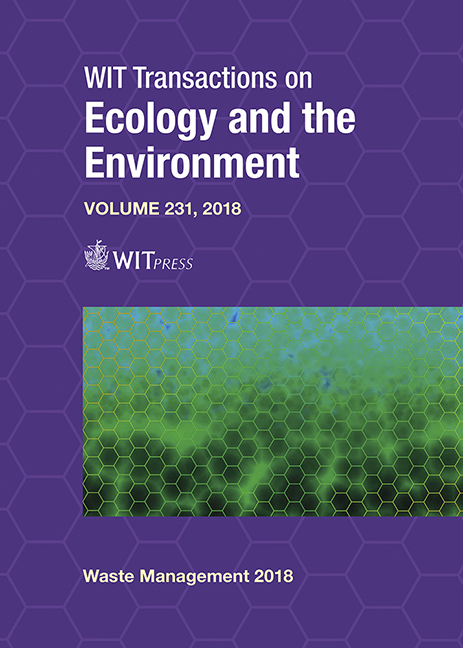PRODUCTION OF HYDROGEN FLUORIDE BY PROCESSING FLUORINE-CONTAINING WASTES AND BY-PRODUCTS OF MODERN INDUSTRIES
Price
Free (open access)
Transaction
Volume
231
Pages
13
Page Range
111 - 123
Published
2019
Paper DOI
10.2495/WM180111
Copyright
WIT Press
Author(s)
DMITRII S. PASHKEVICH, ANTON V. MAMAEV
Abstract
This article shows the feasibility and possibility of developing a universal industrial method for producing hydrogen fluoride from fluorine-containing wastes and by-products of modern industries (depleted uranium hexafluoride, hydrofluorosilicic acid, ammonium bifluoride, carbon tetrafluoride, and other perfluorocarbons and hydrofluorocarbons, sulfur hexafluoride, nitrogen trifluoride, mixtures containing sodium hexafluoroaluminate, etc.) as alternatives to the conventional industrial method of natural calcium difluoride decomposition with sulfuric acid. As the main process method, we suggest fluoride reduction in a flame of hydrogen-containing fuel and oxygen-containing oxidant, due to the unique thermodynamic stability of hydrogen fluoride. The paper presents the results of thermodynamic calculation and experiments on the proposed method for various fluorides – uranium hexafluoride, carbon tetrafluoride, silicon tetrafluoride, ammonium bifluoride, etc. As a fuel, we consider methane, hydrogen and ammonia as an oxidizing agent, oxygen and air. For the case where water is present in the combustion products, we discuss various dehydrogenation options of hydrofluoric acid. We have demonstrated that the industrial cost hydrogen fluoride produced from the above-listed fluorides is approximately twofold lower than the same parameters for the conventional method of fluorite decomposition using sulfuric acid.
Keywords
fluorine-containing industrial wastes, hydrogen fluoride, combustion





